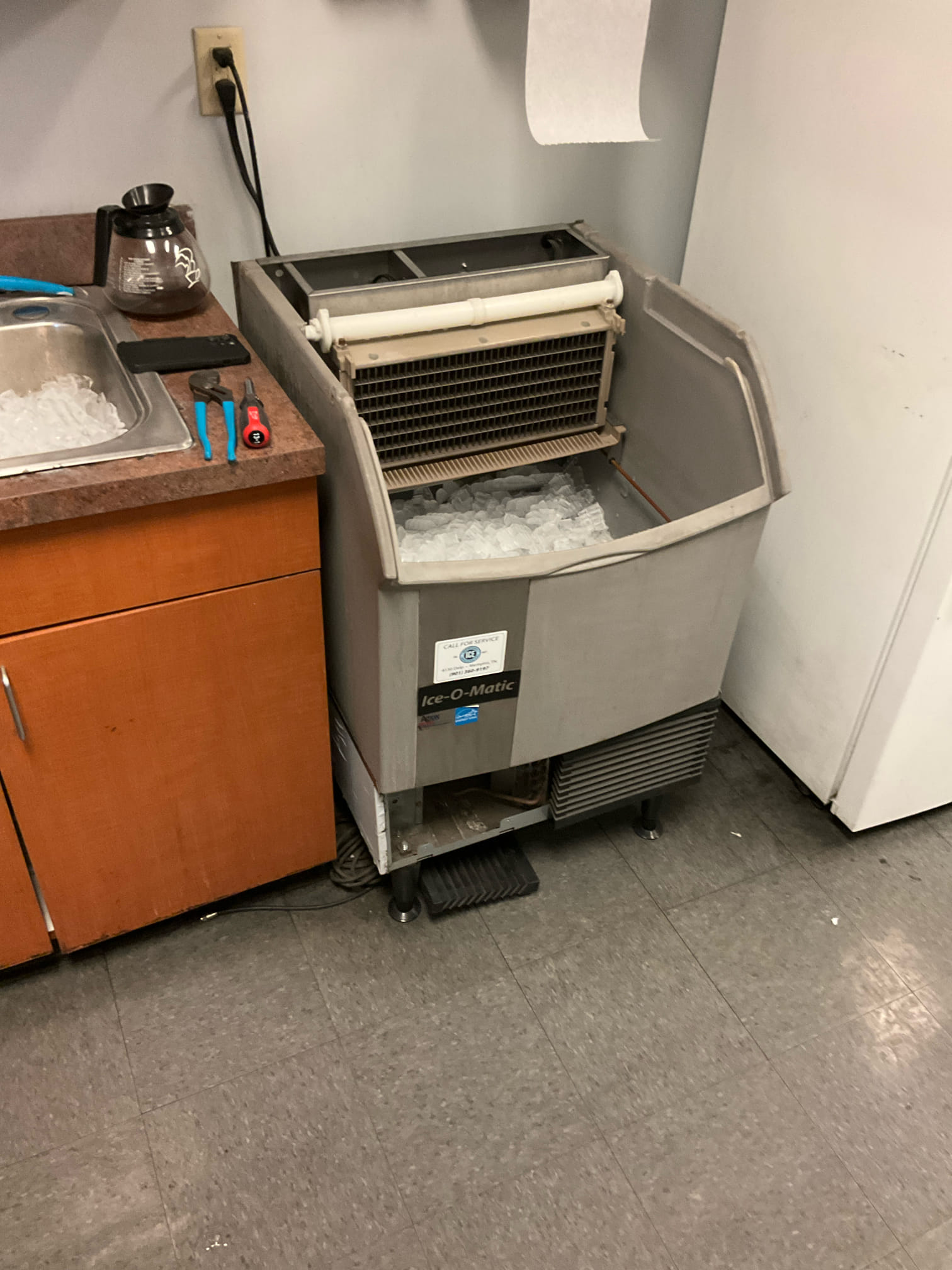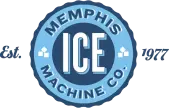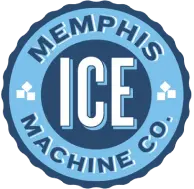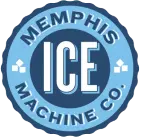proudly serving
the mid-south

Cold Storage Solutions for Food Service Made Easy and Efficient
Cold storage solutions are absolutely vital for keeping food fresh, safe, and ready for customers. Proper refrigeration prevents spoilage and helps your business meet health standards, so downtime and waste stay low. Whether you’re running a busy restaurant, a bar, or even a healthcare facility, reliable cold storage can be the difference between chaos and smooth sailing.
At Memphis Ice, we’ve been helping Mid-South businesses stay cool since 1977. We handle everything from walk-in cooler repair to commercial ice machine service, and yeah, we know the headaches you face. Our team offers expert care that fits your needs, not just a cookie-cutter fix. When your refrigeration works like it should, you can actually focus on your customers instead of stressing over spoiled food.
Keeping your cold storage equipment in good shape isn’t just about saving a few bucks—it’s about protecting your reputation and the investment you’ve poured into your business. Whether you’re scheduling regular maintenance or need a fast repair, having a reliable partner nearby means less stress and more confidence that your food service will stay on track all year.
Understanding Cold Storage Solutions
Cold storage keeps food fresh, safe, and ready to serve. It lets you control temperature, cut down on waste, and meet health codes. Knowing the right types of cold storage, how they protect food safety, and what temperatures matter will help you run your business without constant headaches.
Types of Cold Storage for Food Service
There are several cold storage options, each with its own strengths.
- Walk-in Coolers: Big rooms for storing bulk ingredients and prepared foods at safe temps.
- Reach-in Refrigerators: Smaller, handy units for quick grabs.
- Freezers: For long-term frozen storage, usually kept well below 0°F.
- Prep Tables with Refrigeration: These combine workspace and cooling, so ingredients stay fresh right where you need them.
Each type fits a different part of your operation. Memphis Ice has helped a lot of businesses pick and maintain the right units for their kitchen size and workflow.
How Cold Storage Maintains Food Safety
Cold storage slows down bacteria and other nasty stuff by keeping food at steady, low temps.
To keep food safe, cold storage should:
- Keep temps consistent—no wild swings.
- Avoid overloading, since that blocks airflow and causes uneven cooling.
- Separate raw, cooked, and ready-to-eat foods to prevent cross-contamination.
- Use proper containers and covers to block airborne bacteria and moisture loss.
Routine cleaning and maintenance matter, too. A well-kept fridge or freezer cuts down on spoilage and surprise breakdowns.
Key Temperature Requirements in Food Service
Temperature control is everything for safety and quality.
| Food Type | Recommended Storage Temperature |
| Refrigerated Foods | 34°F to 38°F (1°C to 3°C) |
| Frozen Foods | 0°F (-18°C) or colder |
| Fresh Meat & Poultry | 32°F to 36°F (0°C to 2°C) |
Stick to these ranges and you’re less likely to run into spoilage or a bacteria problem. Seafood, for example, needs colder temps, while produce does better a bit warmer.
Grab a thermometer and check regularly. Don’t just trust the dial—those things can be way off. Proper cold storage isn’t only about the equipment; it’s about protecting your customers and your business.
Selecting the Right Cold Storage Equipment
Choosing cold storage equipment is a balancing act—space, access, energy use, all of it. You want units that keep food fresh, are easy to use, and don’t kill your energy bill. The right choice depends on how much you need to store and where you’ll put it.
Walk-In Versus Reach-In Refrigeration
Walk-in coolers give you a ton of storage. If you’re handling big inventory or bulky items, it’s hard to beat. They make it easy to organize and grab what you need, but they take up a lot of space and cost more upfront.
Reach-in refrigerators are smaller, fit in tighter spots, and are perfect for quick access to ingredients or prepped food. Easy to put near prep stations, but they don’t hold as much, so you might need more than one.
If you’re moving a lot of product or dealing with kitchen traffic jams, walk-ins save time and help keep temps steady. If you’re short on space, reach-ins can be more efficient.
Display Versus Back-of-House Units
Display units show off your products while keeping them cold. They’re made for visibility, lighting, and quick grabs—great for drinks or grab-and-go stuff. Downside? Glass doors and lights mean higher energy use.
Back-of-house refrigeration is for storage and prep, not looks. Solid doors, sturdy shelves, and better temp control. They save energy and keep food safer with fewer temp swings.
It comes down to whether you want to showcase products or just keep things running efficiently. Most places use both, honestly.
Energy Efficiency Considerations
Energy costs can sneak up on you if your equipment isn’t efficient. Look for Energy Star certified units or ask Memphis Ice about models that balance power use and performance. Good compressors and insulation cut your bills and keep temps steady.
Think about how often you open the doors and where you put the units. Keep them away from heat sources and sunlight. Regular maintenance—like checking gaskets and cleaning coils—helps a lot.
Going with energy-efficient equipment pays off in the long run. Memphis Ice can help you pick options that make sense for your business and your budget.
Installation and Setup Best Practices
If you want your cold storage to last, placement and setup matter—a lot. Get this wrong, and you’ll be fighting breakdowns and spoiled food.
Optimal Placement for Cold Storage Units
Keep cold storage away from direct sunlight and heat sources like ovens. Heat makes the unit work harder and jacks up your energy bill.
Leave at least 6 inches of clearance around the sides and back. Airflow is your friend here.
Check that the floor is level and strong enough to handle the weight. You don’t want a wobbly fridge or damage to your floor.
Put walk-in coolers near your prep area. It saves steps and keeps things moving during the rush.
Ventilation and Electrical Needs
Cold storage needs good ventilation so it doesn’t overheat. Set up your units where air can move around vents and coils.
Make sure your electrical system matches the unit’s needs. Weak circuits cause outages and equipment failures.
Use a dedicated circuit for your cold storage. Less risk of tripped breakers shutting you down.
Outlets should be grounded and easy to reach for maintenance. Surge protectors are a smart move, too.
Memphis Ice recommends getting an electrical inspection before you install anything. Better safe than sorry.
Inventory Management in Cold Storage
Good inventory management keeps your cold storage organized and food safe. It helps you avoid waste and find what you need fast. Clear labeling and smart organization save time and money.
Labeling and Rotation Systems
Label everything—product name, date received, expiration date. Use waterproof labels so they don’t smudge or peel off in the cold. This is how you track freshness and avoid tossing out good food.
FIFO (First In, First Out) is the classic method. Use older stock before newer stuff. Put new items behind older ones. It’s simple, but it works.
Color-coded labels or tags help, too—red for raw meats, green for veggies, blue for dairy. When things get hectic, a quick glance can save you.
Keep a digital or paper log for regular inventory audits and easier restocking.
Shelf Organization for Efficiency
Organize shelves by food type and temp needs. Keep raw meats away from ready-to-eat foods—no one wants cross-contamination. Use bins or dedicated shelves for each category.
Put the stuff you use most at eye level or near the door. You’ll open the cooler less, which keeps temps steady and saves energy.
Label shelves so restocking and finding things is a breeze. Adjustable shelving helps you fit odd-sized containers without wasting space.
At Memphis Ice, we’ve seen efficient cold storage setups make a real difference. Check shelves for spills or damaged packaging regularly to keep things clean and safe.
A logical setup makes inventory less stressful, especially when the orders start flying in.
Maintenance and Cleaning for Food Safety
Keeping your cold storage clean and maintained is non-negotiable for food safety and smooth service. Regular care stops bacteria, saves energy, and avoids surprise repairs.
Routine Maintenance Tasks
Clean condenser coils and check door seals often. Dirty coils force your fridge to work overtime, driving up energy use.
Check temps daily to keep food safe. Inspect door insulation to prevent cold air leaks—leaks waste power.
Empty and clean drains regularly to stop clogs and water buildup. If you spot drainage issues, call an expert.
Schedule a professional tune-up once a year. Catching small problems, like refrigerant leaks or weak fans, early beats dealing with a breakdown during a rush.
Deep Cleaning Protocols
Wipe down surfaces inside your fridge every day. Use mild disinfectants that won’t mess up your equipment.
Do a deep clean monthly—hit all shelves, walls, and ice bins. Remove and sanitize trays and containers so you don’t get ice or food buildup.
Ice bins need sanitizing, too. Dirty ice machines are a health code nightmare.
Set a cleaning schedule for your staff and keep logs so nothing slips through the cracks.
If deep cleaning is too much, Memphis Ice can set up a maintenance plan that fits your business.
Compliance With Health Regulations
Staying compliant means monitoring temps and following all the rules—local and federal. Accurate records and following regulations protect your customers and your business.
Temperature Monitoring and Record-Keeping
Health standards require regular temp checks and logs. This prevents food spoilage and keeps your ingredients safe.
Use digital thermometers or monitoring systems to check temps regularly. Aim for 33°F to 40°F in your walk-in, and 0°F or below in freezers.
Keep detailed logs—date, time, temp. That way, you can catch problems fast and show inspectors you’re on top of things.
Memphis Ice offers refrigeration service that helps you stay compliant and avoid costly violations.
Local and Federal Food Safety Standards
Your cold storage setup needs to meet FDA, USDA, and state health codes. These rules cover food quality and contamination prevention.
Follow guidelines for storage, labeling, and rotation. Keep items off the floor and organized for airflow.
Regular maintenance and cleaning aren’t just good practice—they’re required. Skipping them could mean fines or even a shutdown.
Working with local Memphis refrigeration experts keeps you up to date and ready for inspections. Better to be prepared than scrambling.
Cost Management and ROI
Managing costs in cold storage matters for your bottom line and your peace of mind. You can save money by keeping energy use down and making your machines last longer. Both help you dodge expensive repairs and replacements.
Reducing Energy Costs
Set your commercial fridge between 35°F and 38°F—that’s the sweet spot for safety and efficiency. Going colder just wastes power.
Keep up with maintenance: clean condenser coils, check door seals. Broken or dirty parts make your fridge work harder and cost you more.
Energy Star certified equipment might cost a bit more at first, but it’ll pay off in lower energy bills. If buying isn’t in the cards, Memphis Ice offers rental programs with efficient models, so you don’t have to shell out a ton up front.
Maximizing Equipment Longevity
Keeping your cold storage equipment in good shape really protects your investment. Set up regular inspections so you can catch issues early—way before they turn into breakdowns or food spoilage.
Simple things like making sure drainage works, handling repairs promptly, and sticking to recommended maintenance extend the life of your equipment. Memphis Ice has service plans that help you stay ahead of costly downtime.
Give your system enough breathing room, especially if it’s air-cooled. Machines jammed into tight spaces overheat faster, which leads to more repairs and a shorter lifespan.
Innovations in Cold Storage Technology
Cold storage today isn’t just about keeping things cold. There’s a bigger focus on efficiency, control, and cutting down on energy waste—all to keep your operation running smoothly and save you some cash.
Smart Refrigeration Systems
Smart refrigeration systems use sensors and automatic controls to keep temperatures steady. They adjust cooling based on how much you’re storing, so they don’t waste energy overcooling when shelves aren’t full.
You’ll get alerts if temperatures drift outside safe zones. That lets you jump in before food spoils—good for your stock and your reputation. Many smart units have touchscreen displays that make checking things quick and easy.
These systems make it easier to meet food safety rules without endless manual checks. If you’ve got several refrigeration units, smart tech can hook them together for simple, centralized control. For businesses in the Mid-South, Memphis Ice suggests smart upgrades to help cut energy costs while keeping food fresh and safe.
Remote Monitoring Solutions
Remote monitoring lets you keep an eye on your refrigeration from anywhere. With an app on your phone or computer, you get real-time temperature data and system status, no matter where you are.
If something goes wrong, you’ll get instant alerts by text or email. Early warnings help you stop failures before they become a hassle or cost you money. You can even schedule maintenance before things get urgent.
Remote systems save time and give you peace of mind, especially if you’re juggling multiple locations. At Memphis Ice, they set up remote monitoring so your business stays cool and you can relax a little, day or night.
| Benefit | Description |
| Real-time access | See temperatures anytime on your device |
| Alerts | Immediate notifications for issues |
| Maintenance reminders | Schedule service before problems arise |
With these innovations, your cold storage works smarter. Fresher ingredients, safer food, and honestly, less stress for you.
Sustainable Cold Storage Practices
Sustainable cold storage helps you cut energy costs and shrink your environmental footprint—without risking food safety. It’s about picking the right refrigerants and managing your equipment to use less power but stay reliable.
Eco-Friendly Refrigerants
Old-school refrigeration systems often use chemicals that are rough on the environment. Newer refrigerants have lower global warming potential (GWP) and do less damage to the ozone layer. Look for systems running on hydrofluoroolefins (HFOs) or natural refrigerants like ammonia or CO₂.
These options cool well and follow regulations to protect the planet. Using eco-friendly refrigerants also gets your business ready for future restrictions on harmful gases.
When you’re updating or repairing your system, ask your Memphis Ice expert about switching to greener refrigerants. It’s a smart step for your business and the environment.
Reducing Environmental Impact
Running your cold storage efficiently saves energy and cuts emissions. Simple things matter: keep doors closed, check seals, and stick to proper temperature settings.
Regular servicing keeps compressors running smoothly and prevents breakdowns. Smart temperature controls can balance cooling needs with power use.
Memphis Ice suggests grouping items by temperature needs and not overcrowding shelves. That keeps airflow steady and improves cooling efficiency. Your system uses less energy, saves you money, and keeps your food quality high.
Frequently Asked Questions
Cold storage is a game-changer for keeping food fresh, safe, and organized. Managing inventory well, choosing the right storage, and using energy-saving options help your operation run better. It’s also important to know what to look for in a service provider and how to make the most of your space.
What are the best practices for managing inventory in a cold storage facility?
Organize your inventory using First-In, First-Out (FIFO). That way, you use older stock first and cut down on waste. Label everything with dates and check your stock regularly.
Keep temperature logs and inspect products often. It’s a simple way to avoid spoilage and stay ready for health inspections.
How does cold storage ensure food safety for perishable items?
Cold storage slows bacteria growth and keeps food fresh longer. Different foods need specific temperature ranges to stay safe.
Proper refrigeration prevents spoilage and helps preserve taste and nutrients. Consistent temperature control makes it easier to meet health regulations.
What are the differences between refrigerated and frozen storage solutions?
Refrigerated storage keeps items cool but above freezing. It’s best for fresh produce, dairy, and meats you’ll use soon.
Frozen storage keeps things below freezing so they last longer. It’s ideal for frozen foods or anything you want to keep for weeks or months.
Can you recommend any eco-friendly cold storage solutions for reducing energy consumption?
Try energy-efficient insulated doors and LED lighting to lower power use. Newer refrigeration units with smart temperature controls also save energy.
Regular maintenance keeps equipment running efficiently and cuts energy waste. Memphis Ice offers expert maintenance plans if you want to stay on top of it.
What should I look for when choosing a cold storage service provider?
Go with a company that has a strong reputation locally. Look for real expertise in service, repairs, and equipment that fits your needs.
Responsive customer care and local know-how are huge. Memphis Ice has served the Mid-South since 1977, offering full support for your ice and refrigeration needs.
How can I optimize space utilization in my cold storage warehouse?
Try adjustable shelving or stackable bins—they’re great for squeezing more out of your vertical space. Sort your inventory by category and how often you need it; that way, you won’t waste time digging through stuff you rarely touch.
Keep aisles clear, but don’t go overboard—if they’re too wide, you’re just losing storage. Every so often, step back and really look at your layout. There’s almost always a tweak or two that’ll make things run smoother.
Recent News
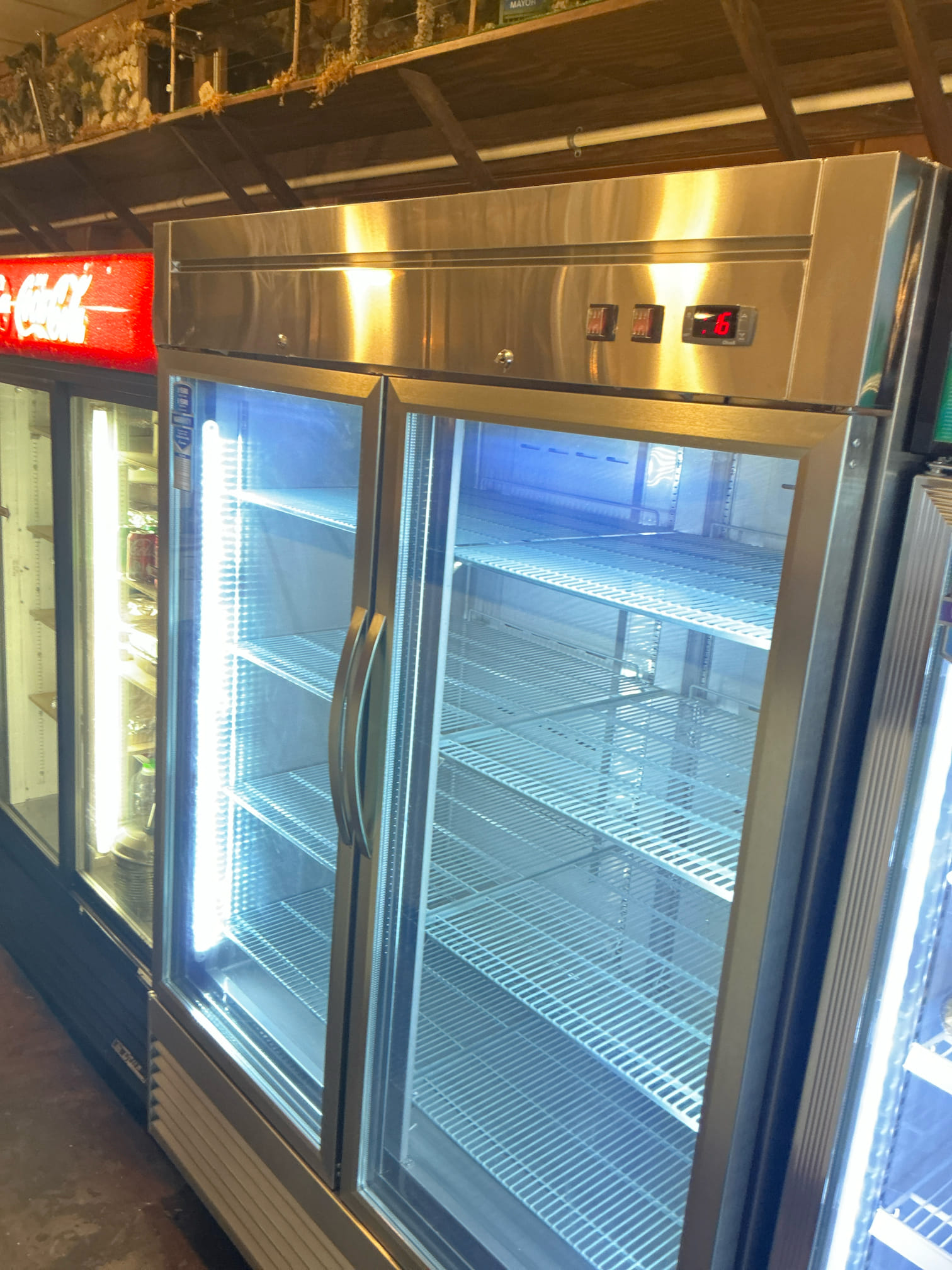
Best Practices for Storing Food Around Ice Bins Safely and Efficiently
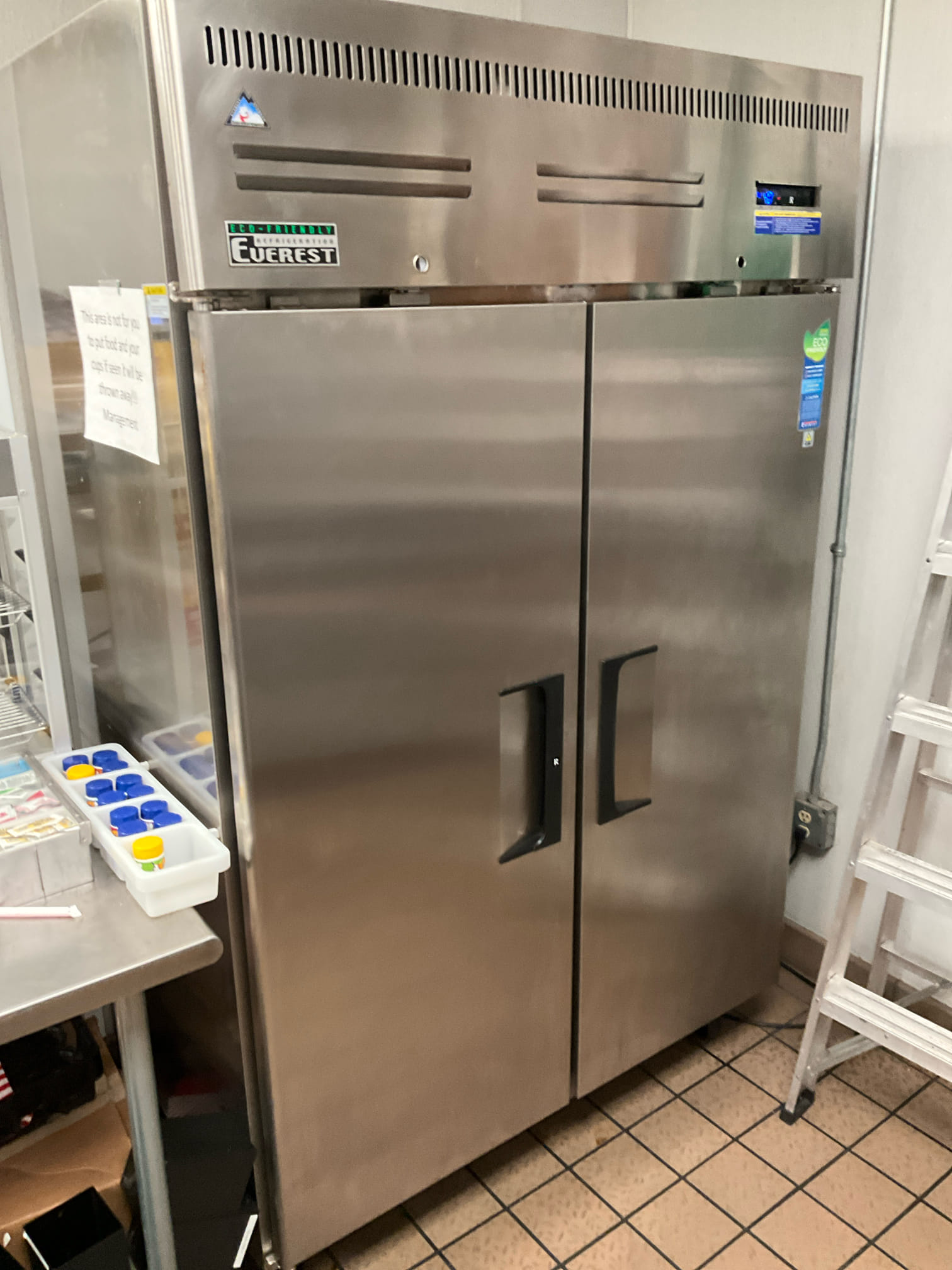
Best Practices for Loading and Unloading Walk-In Freezers Made Easy and Efficient
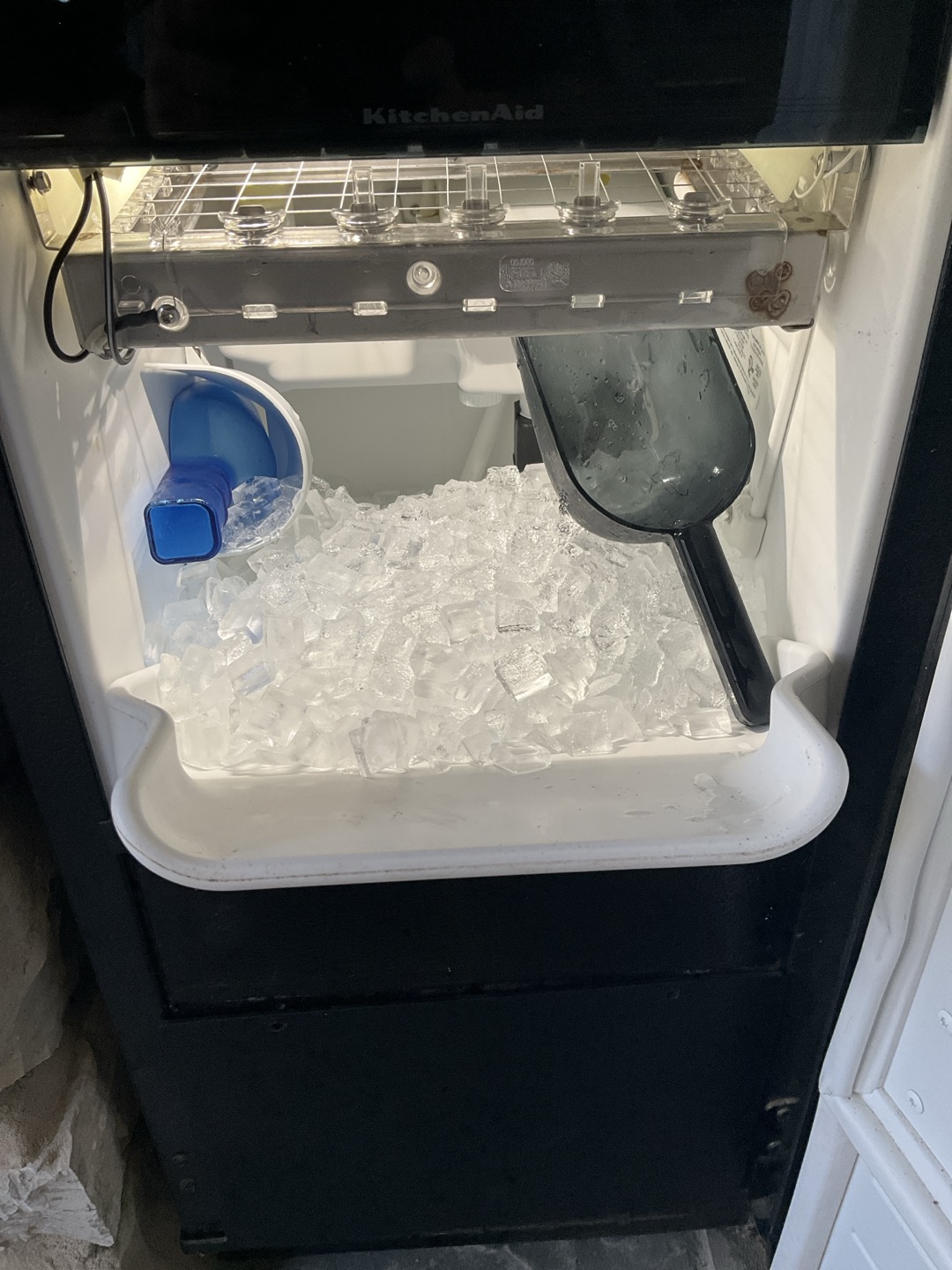
Best Practices for Cleaning Walk-In Cooler Shelving Tips for Maintaining Hygiene and Efficiency
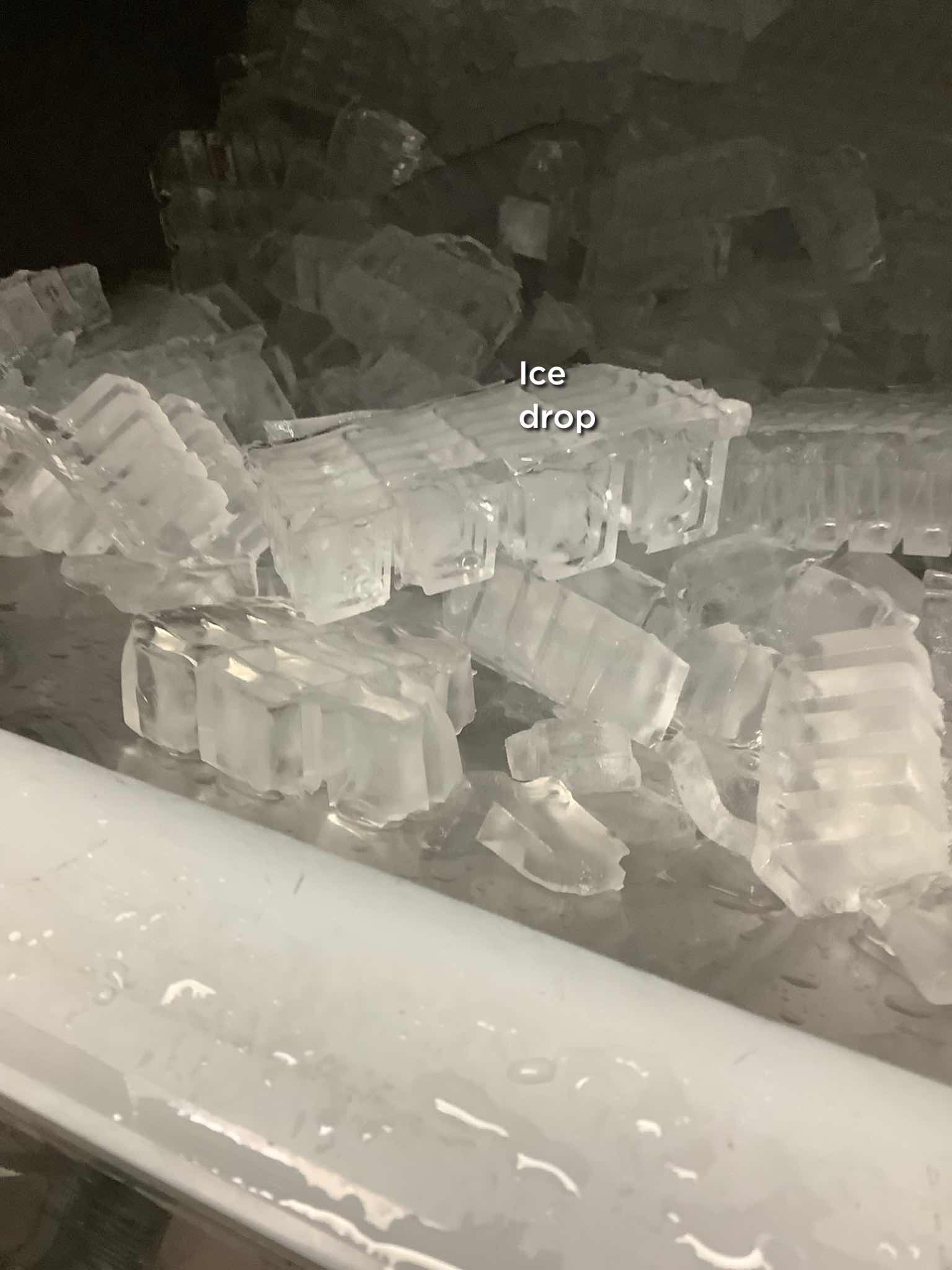
Best Practices for Cleaning and Sanitizing Commercial Ice Equipment to Keep It Safe and Sparkling

Best Maintenance Tips for Bar Refrigeration Systems to Keep Your Drinks Cold and Equipment Running Smoothly
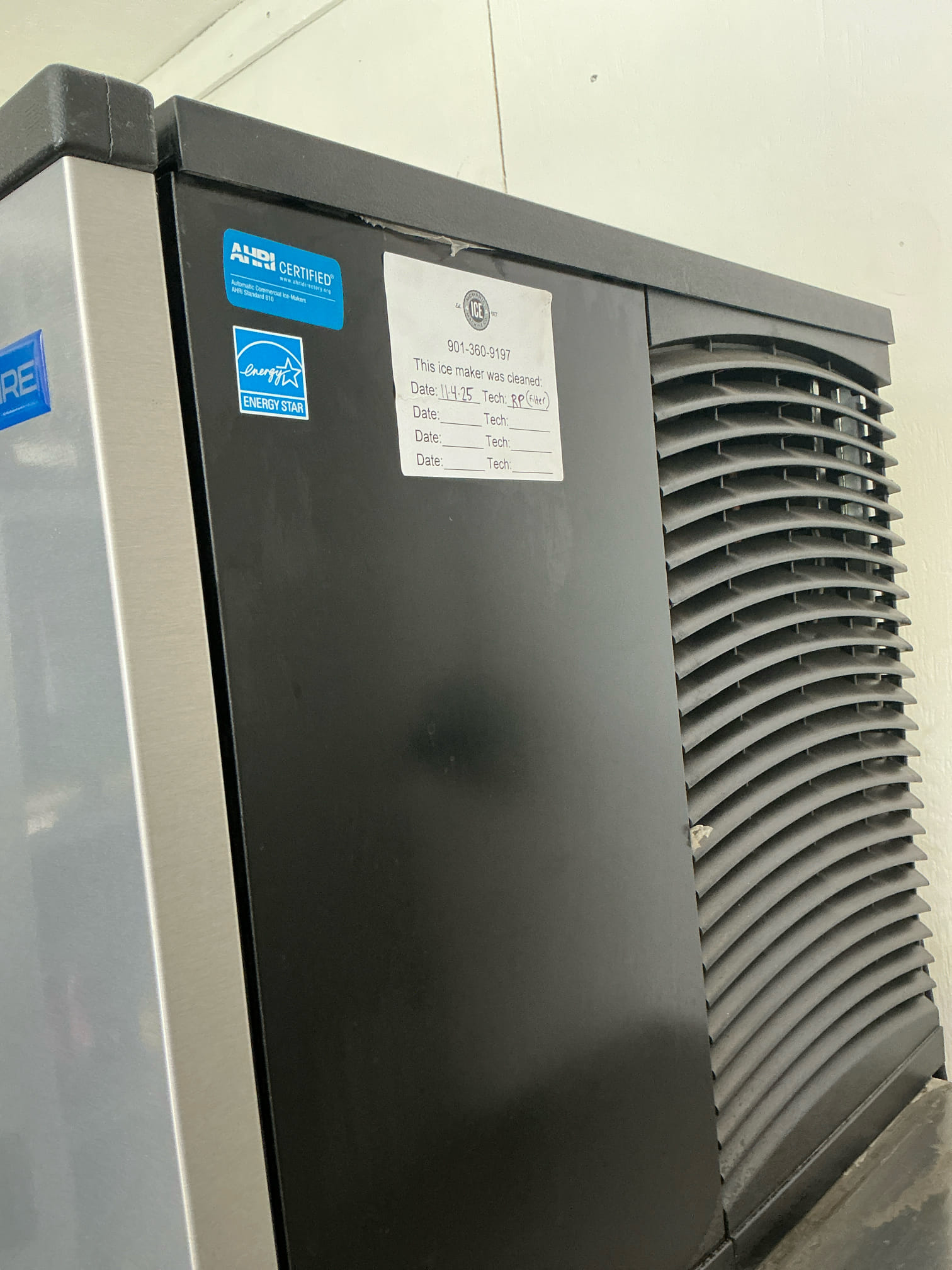
Benefits of Working with Certified Refrigeration Technicians for Reliable and Efficient Cooling Solutions
